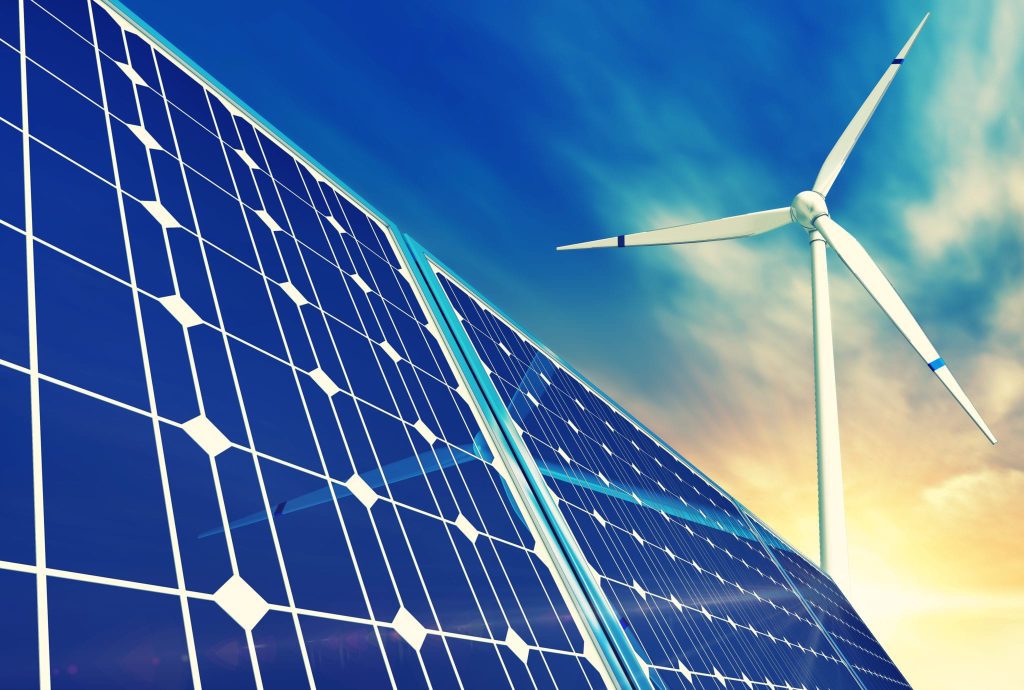Operators face growing pressures to improve telecom sustainability
Network operators are facing increasing pressure to improve telecom sustainability, and it’s coming from multiple directions: More, and more detailed, reporting and movement toward net-zero emissions are being required by regulators around the world; investors and lenders asking new questions about sustainability of operations and sometimes tying interest rates to improved sustainability; pressure from employees; shareholder pressure to be as efficient as possible; and telecom customers including sustainability-related metrics in RFPs.
Analysys Mason recently put in place a new research program focused on telecom sustainability, specifically as a response to the increased attention that the topic is receiving, and Simon Sherrington, research director at Analysys Mason, shared insights from the company’s research during a session at this week’s Telco Sustainability Forum.
The fluctuations in energy prices between 2020-2022 drove a lot of “introspection” among telecom operators to closely examine their preparedness if prices were to rise again, and also to look at the certainty of their energy supply, Sherrington said. However, energy prices on a global, nominal basis have fallen back to roughly 2010 levels after doubling between 2020 to 2022.
“High energy prices cost post-covid really put the energy costs of running telecoms networks in the spotlight,” Sherrington said. However, energy prices still vary “massively” from country to country, he added.
There is also reason for optimism that the traditional equation of more traffic meaning the need to invest in more capacity and thus, more energy use, “might not really apply going forward,” Sherrington said. Based on Analysys Mason’s numbers, data traffic is still increasing, but traffic growth is outpacing the growth in direct energy consumption by telecom networks.
“Operators are really working for reduce the energy cost per bit,” he said.
While operators’ progress on lowering their overall emissions is mixed, some have made significant strides in telecom sustainability. Sherrington pointed in particular to the examples of Tele2, which wants to reach net-zero by 2029 and has invested in transitioning its fleet vehicles to electric vehicles and use of biofuels, as well as reducing its reliance on diesel for backup power generation. BT has vastly reduced its Scope 2 emissions since 2018 through switching to renewable energy sources, green tariffs and renewable energy credits.
Sherrington expects to see a number of trends shaping telecom sustainability in the coming year. Here are six of them:
–Reporting. New reporting legislation, the Corporate Sustainability Reporting Directive, is coming into effect in the European Union. This requires companies to put together “regular reports on the social and environmental risks they face, and on how their activities impact people and the environment,” according to the European Commission.
Meanwhile, United States telecom operators face new environmental-impact-related reporting requirements in California as well.
–Cooling upgrades. Sherrington said that more than 60% of the top 50 global operators have indicated plans to implement liquid cooling at key places their networks in the 2024-2026 timeframe, with a similar percentage reporting that they will be upgrading HVAC systems over the same period.

–Investment in large-scale electricity generation. While perhaps not to the level of investing in nuclear reactors, Sherrington said that “our surveys suggest that they are looking closely at investing or co-investing in their own, large-scale off-site renewable energy generation facilities,” and he expects to see several such announcements in 2025.
–Outsourcing. At the other end of the spectrum, some operators may decide that managing their complex infrastructure assets and power needs might be better handled by a tower or infrastructure specialist company, and outsource the management of those assets.
–Small-scale AI savings. Some operators are already starting to apply artificial intelligence to improve their operational efficiency and seeing benefits to their environmental impact. For example, Sherrington said that Orange has used artificial intelligence and automating customer resolution workflows, the company was able to trim around 280,000 technician trips to the field, reducing the associated environmental impacts as well as the costs.
–Circularity. “Operators are thinking hard about the materials used in their networks, and in the devices that they provide to customers,” Sherrington said. “But the big thing here is going to be recycling of copper. Operators are sitting on billions of dollars worth of copper. Some have started extracting it, some have sold it off to investors so that they can realize the value of it now, before their copper networks are decomissioned. But we can expect to see many more operators move to monetize their old networks as they move post-decommissioning.” (BT discussed just such a legacy network strategy in another Telco Sustainability session, and you can read about it here.)
To get more insights from Sherrington’s session and additional content on-demand, go to Telco Sustainability Forum.


